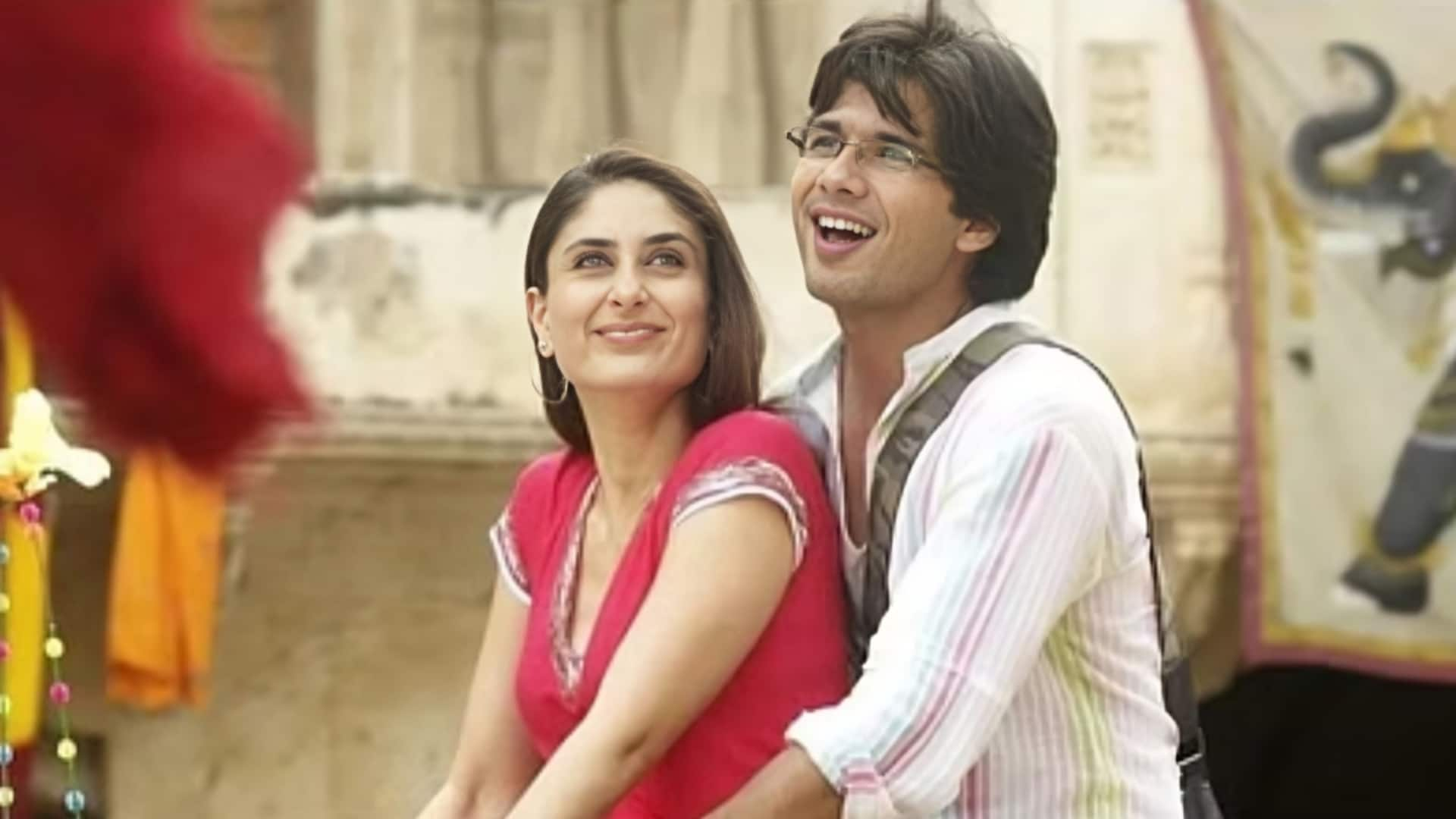
Explainer: Meaning of meet-cute scenes, mainstream examples
What's the story
Oh, the sweet symphony of passionate romance! Romantic films around the globe almost always follow the same trajectory—the lead pair's encounter, some (necessary) conflict, and usually—though not always—a happily ever after. For this ball to get rolling, the two romantic leads need to meet memorably so that it stays with them (and the viewers). This meeting is called meet-cute. Let's explore the concept.
Meaning
What does it mean?
Studio Binder explains the concept, "A meet-cute is a common scene found in romantic films in which the love interests first meet. The typical approach to these scenes is comedic and/or romantic." "They can include awkward misunderstandings, slapstick comedy, or love at first sight. In most cases, the characters feel either a mutual attraction, aversion or some combination of the two."
Source
How did it start?
The term seems to have originated from the 1938 Hollywood romantic comedy film Bluebeard's Eighth Wife, directed by Ernst Lubitsch and written by Charlton Andrews. In the movie, the characters played by Claudette Colbert and Gary Cooper reportedly meet while out shopping and this meeting leads to a delightful and cute conversation, which is how the concept supposedly got its name.
Type 1
Exploring the types: Pull/Pull
Per Studio Binder, the first time of meet-cute is Pull/Pull. As the name suggests, it refers to a situation when the two romantic leads are at ease with each other, comfortable in one another's company, and ready to spend more time alongside one another. There's no bickering, no fights, and the chemistry and comfort are evident from the word go.
Type 2
Push/Push
As per the Push/Push type of meet-cute, two characters seem better apart than together—such is the constant anger and rage they feel with each other! Though, as the viewer, you know that they will eventually fall for each other, initially, they seem like polar opposites. Take, for example, Aditya and Geet from Jab We Met or Chidi and Eleanor from The Good Place.
Type 3
Push/Pull
In the Push/Pull scenario, one character can fall instantly in love and the other can either be oblivious to their feelings or simply not interested. What happens in such a case? Of course, conflict arises, and then, this conflict is utilized to form the rest of the film's plot. The Notebook is considered to be a good example of this type.
Type 4
Neutral/Nervous
The last broad type would be the Neutral/Nervous, where one person has butterflies in their stomach while meeting/looking at their love interest and is constantly nervous and anxious around them. The other person, however, either has no clue or doesn't know what to say to not hurt their feelings. This trope is often used in teen romantic dramas.